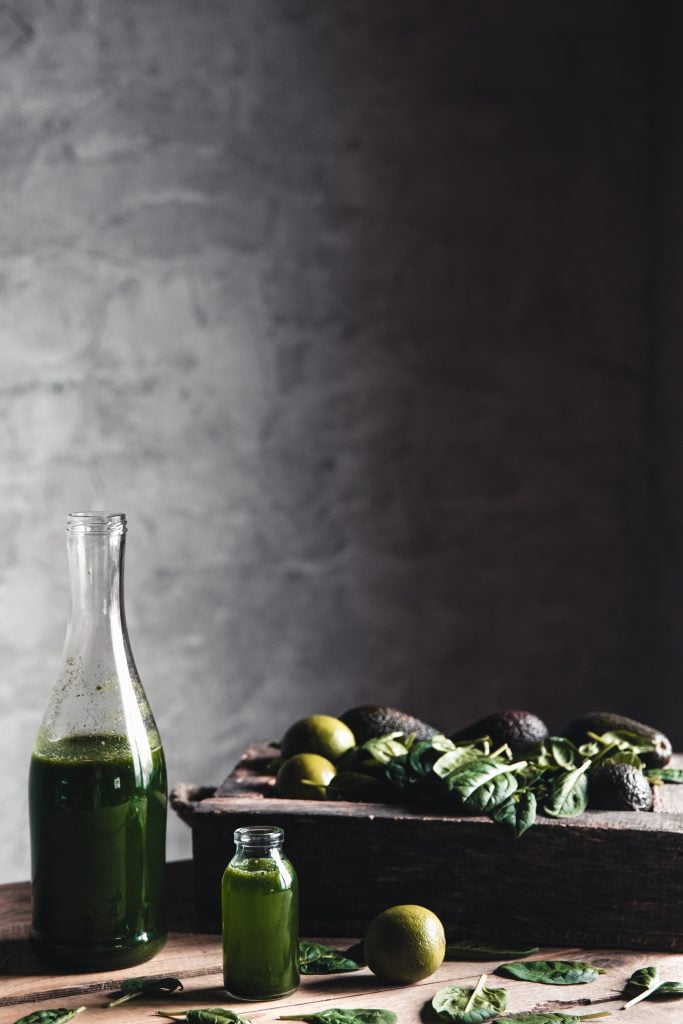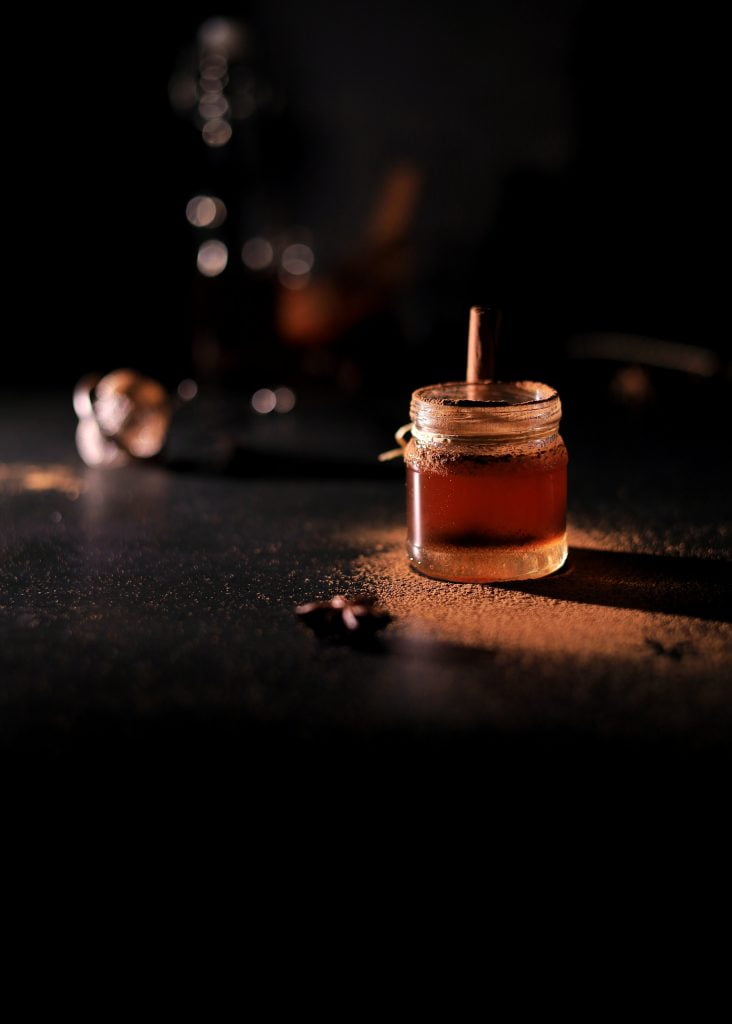Still Life Product Photography: The Ultimate Guide
Capturing still life has been around for centuries, from magnificent Renaissance drawings of flowers and vases, all the way to capturing the perfect-looking burger or sneakers. Still life has been one of the pillars of every art movement, and nowadays, still life product photography is indispensable when it comes to advertising and showcasing new and exciting products in their best light. So, if you want to take some shots of your product for your ads or just for fun, this guide is for you!

What is Still Life Product Photography?
Before we get into what still life product photography is, you’re probably wondering, “What in the world is still life in the first place?!” It sounds like an oxymoron, but still, life is an art that captures inanimate objects but presents them in a way that shines a spotlight to give them life. For example, all those paintings of flower or fruit arrangements that they have you do in art class are still life art!
For still life photography, the same basic rules of having an inanimate object arranged front-and-center apply, but instead of painting, still life is captured by, well, a camera! Still life photography is all about how the objects are arranged. You can play around with supporting elements, background, lights, and more, but the most important thing is having your main object highlighted in the forefront.
For still life product photography, it’s all about advertising. For example, when you see an ad or social media post from a sportswear brand with their brand-new sneakers front and center, highlighting all the details, textures, and colors opposite a simple background, the goal of still life product photography has been met. The photo can send a message with the simplest elements possible, enticing viewers to click that ‘Add to cart’ button!

Why is Still Life Product Photography Important?
In our digital age, with millions and millions of products on the market, it’s all about standing out. They say a picture tells a thousand words and for marketing purposes, it tells even more than a thousand. Our purchasing habits are very much influenced by appearances.
A person might be more inclined to buy a used car that looks shiny and brand new in the ad, not caring about any mechanical problems it might have. On the other hand, if you’ve got a perfectly-running gem of a car that doesn’t even need an oil change, but is looking a bit banged up and dirty in your ad, you’re far less likely to attract potential buyers.
Still life product photography takes this philosophy and runs with it. Back in the olden days of physical shopping, you could grab a product, try it out, and feel its textures and details, but in the digital world, that’s simply not possible, so you have to substitute it with visual perfection.
A watch is a watch, but if you’re trying to sell its elegance and class, then your photo will need to reflect that. What’s more interesting: a zoomed-out picture of a watch against a plain white background or a perfectly framed and lit picture of that same watch, perhaps next to fancy car keys and a cigar with a dimly lit background of a luxurious living space and office?
Your still life product image tells a story, and you’re in complete control of what that story is telling. Food and beverage products like hydration drinks will always need the story of sports, working out, or something sweat-related. Still, a refreshing tropical drink needs a fun, colorful, and campy vibe in its product image.
Your still life product photography also adds a lot to your brand identity and voice. Do you want to be known as the colorful, modern hip brand with crazy, zany colors? Or do you like the classic, old-fashioned identity where your products speak for themselves? You can instantly tell the difference between the identity of a brand like Hot Topic compared to something like Giorgio Armani.
Trust is another significant element that you can easily capture with your photos. If your high-quality photography truly reflects the quality of your product as advertised, then you’re guaranteed customer retention and good word-of-mouth marketing. There’s nothing worse than buying a product and finding it very different from the photo advertised, and it can all be easily avoided.
What are the Elements of Still Life Product Photography? Lighting
Lighting can make or break any picture, and it’s no different for still life product photography. You can use natural or artificial light, though artificial light is usually more appropriate for products, as you can control the elements you want to accentuate.
There’s very minimal equipment you can use to achieve your desired photos. Light reflectors are a very basic, yet important tool. You can do so much with a simple light reflector to play around with shadows or control just how much light goes on your product. Speaking of shadows, you don’t want to use standard overhead lighting in your room or studio, as the shadows that bounce off it are very random and uncontrollable.
Composition
Composition is what makes whatever you’re capturing in your photo pop. If you master composition, you master just how good you can make your product look. You can play around with different elements like the rule of thirds, where you place your product in the left or right third of the space, leaving the other two-thirds open.
Negative space is another masterful technique that can add allure, elegance, or an element of mystery to your product. It’s usually very beneficial for luxury items, watches, or perfumes. Angles, depth of field, and leading lines are other techniques that can make your product more visually appealing.
You can even use contrasts as a way of distinguishing your main focus or product from other supplementary materials like props or background elements. Black and white will forever be a classic of composition, but you can test out different colors, shades, or even contrasting elements like day and night.

Props and Materials
Even though you’re capturing one main product with still life product photography, it’s always a good idea to add some supplementary materials like props to make the main product pop out more. If you’re taking a picture of a new, refreshing tropical drink, for example, some pieces of fruit or a tiny umbrella could really sell the summer or refreshment message you’re trying to send.
Be careful with props, though because you don’t want to overshadow your main product. Keep them simple, and smaller than your main product. Every element of your still life photo will also cast a shadow, so keep an eye out for those!
Background
Your background might just be the most important element of your still life product photo. Most product photographers will opt for a simple, minimalistic background so as not to draw attention from the product itself, but you can always get creative with simplicity. Instead of a plain red background for a fashion item or accessory photo, you can go for a red velvety backdrop to add a touch of spice to your photo. A white background for a cold drink or ice cream product is fine, but what if you add a chill effect with water droplets on it, like a freezer? Background elements are usually kept simple, but that doesn’t mean they have to be boring, either!
Colors
Colors are what make your product photo really pop, and you never realize how much we’re influenced to buy a product simply because of how colorful it looks. This is very evident in food and hygiene products. How many pictures of colorful shampoos with beautiful fruity backgrounds do we see on a daily basis? Moreover, think of the immense popularity of Logan Paul’s Prime drink and how its ads and photos always use complementary colors between the product itself and the background to really sell the idea that it’s this modern, youthful product.
Motion
We know what you’re thinking: “How do you use motion in still life photography?!” Well, even though “still” is literally in the name, you can still accomplish a lot with simple motion effects like blur. For example, capturing a spritz of a perfume bottle as it’s coming out is a perfect way to add depth to your image. A drink being poured or a blurred background of a car swooshing across the road can really hammer home a dynamic story you’re telling through your still life product image.
Takeaway
All-in-all, still life product photography is a potent weapon in any brand or company’s arsenal of marketing tools. Framing your products in their best light using elements like composition, lighting, colors, motion, and more can really help your product look its best for potential buyers, driving up sales and capturing the interest and retention of loyal customers everywhere. So, go ahead and invest in a nice camera, some lights, and a prop or two, and watch your product recognition soar to new heights!
Article provided by Mohamed Ashraf
